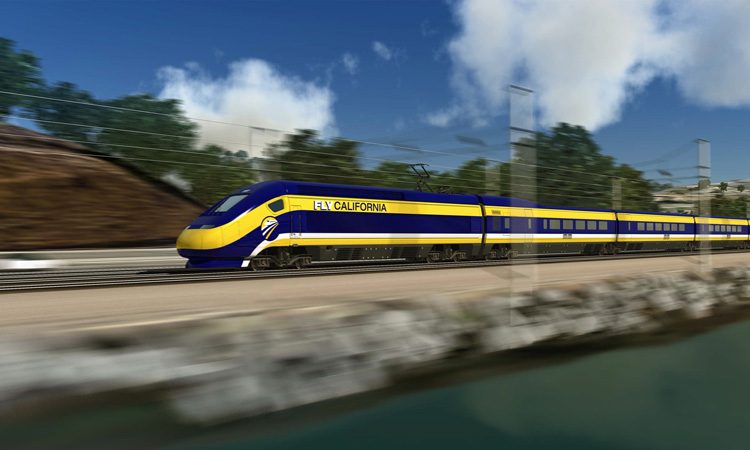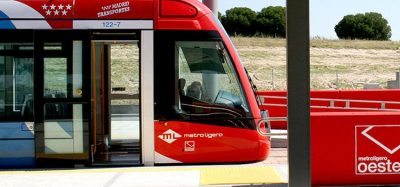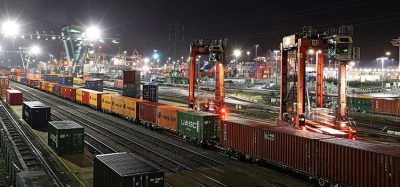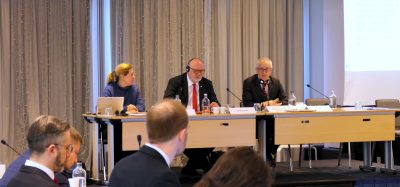California High-Speed Rail Authority publishes 2020 Sustainability Report
Posted: 19 October 2020 | Global Railway Review | No comments yet
CEO of CHSRA, Brian Kelly, has highlighted that the findings of the report show that the high-speed project has removed more emissions than it has created.


Credit: www.hsr.ca.gov
The California High-Speed Rail Authority (CHSRA) has released its 2020 Sustainability Report: Building Resilience. The annual report details ongoing efforts to advance the nation’s largest and greenest infrastructure project and to reduce greenhouse gas emissions in transportation.
In the past year, CHSRA has expanded efforts to deliver a system that maximises benefits to underserved communities, protects natural resources and is a catalyst in the transition to a low-carbon economy.
Electrified high-speed rail, running on renewable energy, will be the spine of clean, long-distance travel in California, connecting Northern and Southern California through the Central Valley.
The Sustainability Report outlines policies for station planning, energy needs, emissions and community partnerships, including:
- Opening of the Central Valley Training Center in Selma to offer pre-apprenticeship classes in construction industry courses to connect the local community to green high-speed rail jobs
- Continuation of the work to environmentally clear the full phase one of the project by 2022
- Preserving 3,645 acres of natural habitat and agricultural land
- Providing more than 4,400 good paying construction jobs, in which 73 per cent are local to the Central Valley and 40 per cent are from disadvantaged areas.
California High-Speed Rail Authority‘s CEO, Brian Kelly, said: “Making a positive impact on our environment starts now, during construction. We take pride in implementing the greenest construction practices at our more than 30 active work sites. The 2020 Sustainability Report shows that we’re removing more emissions than we create. We’re proud to do our part to green the transportation sector, even before we’ve gotten to operation. We are not just leading the state, but the nation and the world.”
Margaret Cederoth, Director of Sustainability and Planning for the California High-Speed Rail Authority, said: “Our approach to sustainability is to plan and construct in a way that will allow Californians to live a good quality of life for future generations to come. The environment and climate are important aspects of sustainability, but we also address the social and economic realities that are all part of constructing high-speed rail in California.”
The report highlights a new green standard for the nation’s transportation infrastructure. CSHRA has achieved a 97 per cent recycling rate of all waste to date and works through community agreements to neutralise all emissions that are released from construction.
Through a voluntary agreement to offset all emissions from construction sites, CHSRA’s urban forestry programme has planted more than 5,000 trees, sequestering 25,000 tonnes of CO2 over the trees’ lifecycle. Planted primarily in disadvantaged communities, the trees help offset emissions generated during construction.
Related topics
Electrification & Cabling, High-Speed Rail, Infrastructure Developments, Route Development, Sustainability/Decarbonisation








